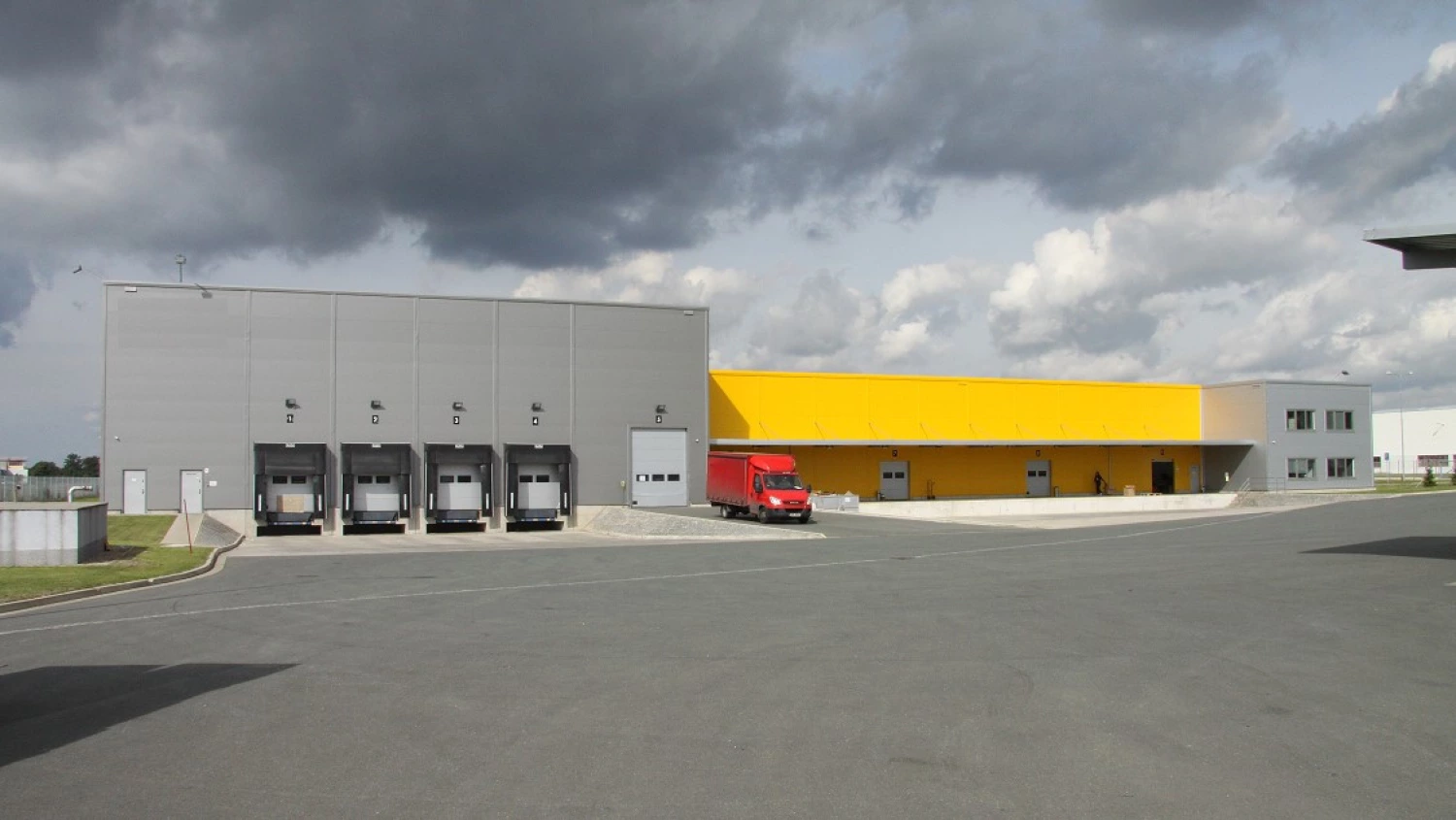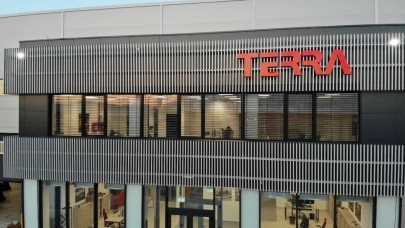
CEE's modern industrial and warehouse space exceeded 59 million sqm in H1 2023. In twelve months, over 7,6 million sqm was completed, expanding the market by 16%, and currently, an additional 5 million sqm is under construction. With a 19% share of the total size, the Czech Republic is the second largest market in the region, the first is Poland with 52%. The demand is decreasing, but the nearshoring trend presents new opportunities. Cushman & Wakefield presents its latest findings.
Jiří Kristek, Head of the Industrial and Retail Warehousing Team, Cushman & Wakefield: „The fundamentals of the CEE industrial real estate market remain strong. Nearshoring offers further opportunities for the region, particularly in the automotive, engineering, apparel, and consumer goods sectors.”
As of June 2023, the total market size for modern industrial and warehouse space in CEE-6 exceeded 59 million sqm, with new supply in the first half of the year being approximately 3.8 million sqm. The Czech Republic’s share is one-fifth (19%) of the region’s total capacity and more than a quarter (27%) of the new supply. Poland is the largest market, accounting for 52% of the market size and 42% of the new supply.
Vacancy still low, rents keep growing
On an aggregate level, the share of pre-let space under construction is gradually declining. While at the end of the first half of 2021, the share of pre-let space in the Central European region was 61% of total space under construction, this year it was only 44%. In the Czech Republic and Romania, it was even lower, around 39%.
Tenant demand in CEE continued to decline in the first half of the year: the total volume of let space (gross take-up) in the region fell by 29% year-on-year, mainly due to large declines in Poland (-39%), the Czech Republic (-32%) and Slovakia (-23%). In contrast, demand increased in the other countries of the region, by as much as 136% in Bulgaria. Despite slight upward corrections in Hungary, Poland and the Czech Republic, vacancy rates remained in single digits in all markets, especially in the Czech Republic and Bulgaria, even below 2%.
At the end of the first half of the year, prime rents increased compared to last year in all CEE markets except Romania. The strongest growth over the last 12 months has been in Poland, where prime rents stand at €6.50/sqm/month, up 35% year-on-year. In the Czech Republic, rents remain at €7.75/sqm/month, still the highest level in the region.
Low investment activity, construction driven by two developers
Similarly, to elsewhere on the real estate market, investment activity also remains low in the logistics and industrial property sector. Total investment in industrial property in CEE fell by 45% year-on-year in H1 2023. It reached approximately €630 million, representing nearly one-third (29%) of total investment in the region's traditional commercial real estate sectors.
Except for Bulgaria, the region has seen an increase in returns from the premium industrial property sector, ranging from a 25-percentage-point increase in Romania to a significant 150-percentage-point increase in the Czech Republic.
Jiří Kristek, Head of the Industrial and Retail Warehousing Team, Cushman & Wakefield: „Nevertheless, healthy vacancy rates in this sector, strong demand driven by nearshoring trends and a slowdown in development activity should attract investors to the region's industrial and logistics sector in the upcoming period.”
The logistics and industrial real estate market in the CEE region is still very consolidated: two international companies in particular, Panattoni and CTP, have a large share of the current construction (over 55% in the first half of this year) and are active in almost all countries in terms of leasing. Prologis should also be mentioned, whose parks accounted for 18% of total gross take-up in the region in the first half of this year.
CEE trends mirror European developments
We see very similar trends in leasing activity in logistics markets across Europe, as shown in our latest pan-European survey European Logistics & Industrial Update: as a result of high economic uncertainty and lower business and consumer confidence, markets are returning to pre-pandemic coronavirus activity levels, although in a number of particularly smaller markets (including many in the Central European region), take-up volumes are still much higher than pre-pandemic levels.
Across Europe, there is still a limited supply of vacant space, which is driving up rents. While no longer growing at the record pace of recent years, the trend is still positive. Investment volumes also continue to fall across Europe as investors wait for new price levels to stabilize. However, yield decompression is beginning to slow, and activity is slowly returning thanks to investor confidence in the strength of this market.
„As economic uncertainty continues to impact business and consumer confidence, we expect occupier activity to remain subdued for the rest of 2023 and into early 2024 before picking up as businesses experience greater optimism. The availability of vacant space will remain limited as developers slow their speculative construction, which is already evident in Central Europe. Rental growth is expected to slow in 2024 and beyond, although it will remain in positive numbers across European markets,” said Jiří Kristek from Cushman & Wakefield.



